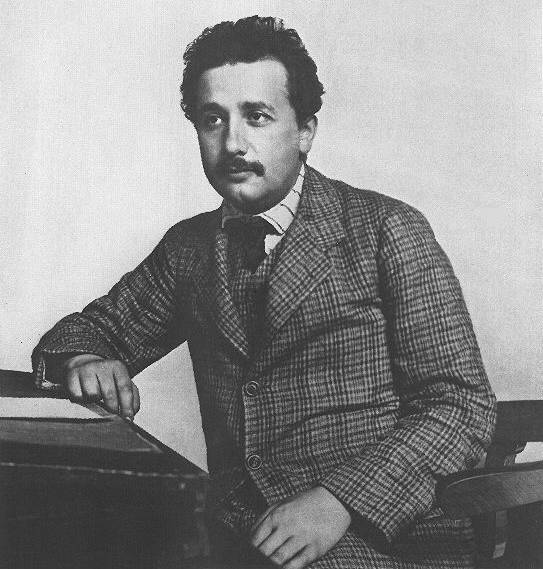Albert Einstein published his theory of general relativity (GR), one of the most important scientific achievements in the last century. A key result of Einstein’s theory is that matter warps space-time, and thus a massive object can cause an observable bending of light from a background object. The first success of the theory was the observation, during a solar eclipse, that light from a distant background star was deflected by the predicted amount as it passed near the sun.
When Einstein developed the general theory of relativity, he was trying to improve our understanding of how the universe works. At the time, Newtonian gravity was more than sufficient for any practical gravity calculations. However, as often happens in physics, general relativity has applications that would not have been foreseen by Einstein or his contemporaries.
How many of us have used a smartphone to get directions? Or to tag our location on social media? Or to find a recommendation for a nearby restaurant? These activities depend on GPS. GPS uses radio signals from a network of satellites orbiting Earth at an altitude of 20,000 km to pinpoint the location of a GPS receiver. The accuracy of GPS positioning depends on precision in time measurements of billionths of a second. To achieve such timing precision, however, relativity must be taken into account.
Our Gravity Probe B (GP-B) mission has confirmed two key predictions derived from Albert Einstein’s general theory of relativity, which the spacecraft was designed to test. The experiment, launched in 2004, and measured the warping of space and time around a gravitational body, and frame-dragging, the amount a spinning object pulls space and time with it as it rotates.
Scientists continue to look for cracks in the theory, testing general relativity predictions using laboratory experiments and astronomical observations. For the past century, Einstein’s theory of gravity has passed every hurdle.




0 Comments